|
张建庭/图 杨小茹 吴慧中/文
青年艺术家李玉刚题 杭州素有人间天堂的美誉。1200年前唐朝诗人白居易咏叹“江南忆,最忆是杭州”;900年前北宋诗人苏东坡赞美西湖“欲把西湖比西子,淡妆浓抹总相宜”;700多年前意大利旅行家马可·波罗称颂杭州为“世界上最美丽华贵之天城”。三面云山中涵碧水的西湖之上,有大大小小的桥梁数百余座,这一座座历史悠久,造型优美的桥梁将西湖美景串珠成链。烟柳画桥,风帘翠幕,楼台簇簇疑蓬莱,不是人寰是天上。 西湖景观之美呈现出朦胧、含蓄与诗意,体现了中国山水美学最经典的“诗情画意”之审美理念,主要体现在山水形态美、景观格局美、景观意境美、历史人文美、植物景观美等诸多方面。 西湖的桥形态多样。有曲折有致,步移景异的小瀛洲九曲桥;有状如彩虹的跨虹桥、锦带桥;有港汊蜿蜒,酒旗若现,五桥连绵,水烟缥缈的环碧五桥;有横跨终日泉水淙淙潺流的金沙涧上的白乐桥;有横亘浴鹄湾之上,状如雨后之霁虹的霁虹桥;有桥身三洞,状如带环的玉带桥。徜徉在西湖的桥上,春现花木葱茏,山环水抱,天开图画。夏日荷花盛开,水波不兴,绿盖红衣,婀娜多姿,远山青色如黛,水光潋滟,恬静唯美。秋月之夜徜徉小瀛洲的九曲桥上,九转三回三十湾,渐入佳境步步异。水光云天相映,天月、水月、塔月和心中之月交融,成为西湖景观的经典。冬日雪后初晴,日出映照,断桥向阳面积雪融化,而背阴面依然白雪覆盖,“断桥残雪”的意境由此而来。 西湖景观之美呈现出湖山兼备,文化丰富、历史悠久,承载了历代各阶层人士的审美需求,具有“天人合一”“寄情山水”的文化特质。西湖的桥也是西湖景观的重要载体,承载着厚重的文化积淀。明代王瀛《苏公堤》后半首“十里平分湖内外,六桥连跨岸东西。坡翁遗惠今犹古,薄暮归来醉欲迷。”百姓常说的苏堤“六吊桥”,不仅有着沿桥堤慢行时如画般逐渐展开的湖山胜景的眷恋,还寄托着对苏翁化腐朽为神奇的神来之笔的赞叹。断桥、长桥、西泠桥并称为西湖三大情人桥;“断桥残雪”不仅以冬天观赏西湖雪景为胜,还得益于《白蛇传》的传说,其中男女主人公的几段重要故事情节都发生在这里。双投桥也称为长桥,有着王宣教与陶师儿相爱跳湖和梁山伯与祝英台十八里相送的故事,是谓“长桥不长情谊长”。西泠桥有着六朝南齐歌妓苏小小与阮郁的爱情故事。这一个个古迹韵事,带给后人无尽的遐思。 张建庭先生是WCCO国际联盟专家、浙江大学MBA专家导师、中国京杭大运河研究院高级研究员、杭州市历史文化名城保护专家委员会主任委员、西湖学研究会会长、G20杭州峰会艺术指导委员会主任。曾任杭州市人民政府副市长、杭州市人大常委会副主任。他在西湖边工作和生活了几十年,西湖的角角落落已烂熟于心,此次所绘制的《西湖玉虹》,尽管篇幅不多,但却是那么多千姿百态西湖桥韵的缩影,也寄托了张建庭先生始终如一的西湖情结。 千百年来,在西湖的桥上看风景的人来了去,去了回,然诗情画意的西湖,三面云山依然如黛,寄情山水的人文传承还在延续。这或许就是中国山水文化中“天人合一”审美的最好诠释。
环碧桥 Huanbi Bridge 从北山街往西行,过苏堤,即为杨公堤北面入口,杨公堤北端第一座桥就是环碧桥。《西湖游览志》记载,杨公堤位于里湖西岸,明代知府杨孟瑛既开西湖,遂筑此堤,增建六桥,俗称“里六桥”。1947年,昔日杨公堤被修筑成为西山马路。2003年实施西湖湖西综合保护工程,恢复了杨公堤和“里六桥”。立于环碧桥上,西观金沙港内港汊蜿蜒,酒旗若隐若现;东赏曲院诸景,五桥连绵,水烟缥缈。 Going westward from Beishan Street and crossing Su Causeway, you’ll come to the north entrance of Yanggong Causeway. Starting from the north end of Yanggong Causeway, the first bridge you’ll encounter is Huanbi Bridge. According to “Notes of Travel to West Lake”, Yanggong Causeway is located on the west bank of the Inner Lake. Yang Mengying, the prefect of Hangzhou in the Ming Dynasty, had the causeway and the six bridges (known as six bridges over Inner Lake) on it built after dredging the West Lake. In 1947, the former Yanggong Causeway was rebuilt into Xishan Road. In 2003, Yanggong Causeway and the six bridges were restored in the Project for Comprehensive Conservation of West Section of the West Lake in 2003. Standing on Huanbi Bridge, you can admire the winding branching streams within Jinsha Port and the looming tavern banners in the west, and appreciate the beautiful scenery of Quyuan Garden and five continuous bridges across the misty waters in the east.
景行古桥 Jingxing Ancient Bridge 景行桥是杨公堤自北而南第五桥,也是明代知府杨孟英所建杨公堤诸桥中唯一尚存的古桥。《西湖游览志》:“第五桥,西挹高峰,旧有三贤祠在焉。《诗》云:‘高山仰止,景行行止。’喻好贤也,题曰景行。从此而西,可通麦岭路”。景行古桥经过修辑,原汁原味的保留了明代石桥拱圈、残留的块石以及周边的历史遗迹。修辑后的景行古桥古风古韵,文化元素完整,是文物保护的成功案例。 Jingxing Bridge is the fifth bridge on Yanggong Causeway from north to south and the only existing ancient bridge built on Yanggong Causeway by Yang Mengying, the prefect of Hangzhou in the Ming Dynasty. According to “Notes of Travel to West Lake”, “The fifth bridge commands a peak on the west and is the former site of Sanxian Temple. Jingxing, literally meaning conscientious act, was named after a poetic line in “Book of Songs”, “look upon the noble virtue as if upon a mountain with awe, follow the conscientious act as if a thoroughfare with earnest. It connects to Mailing Road on the west.” After renovation, Jingxing Bridge maintained the arch ring and the remnant rock blocks of the stone bridge of the Ming Dynasty and the original historical remains in the surrounding areas. With an antique style and intact cultural elements, Jingxing Ancient Bridge is a successful case of cultural relic preservation.
通利古桥 Tongli Ancient Bridge 通利古桥建于清代中叶前,单孔石拱桥,长约14.5米,与经茅家埠去天竺的上香古道相连接。当时,很多香客常常从湖滨一带乘船经过通利桥在茅家埠上岸,步行去天竺;有的香客沿着上香古道途经通利古桥去天竺诸寺进香。2003年实施西湖湖西综合整治,恢复茅乡水情的广大水域,清理古河道,整饬和加固通利古桥,保留古桥原有块石纵连分节并列砌筑工艺,保留了古桥边数十株高大的水杉。如今,通利古桥已成为展现古道人文历史和传统风俗文化的景点。 First built before the Mid-Qing Dynasty, Tongli Ancient Bridge is a single-span stone arch bridge with a length of about 14.5m. It connects to the pilgrimage path that leads to temples in Tianzhu via Maojiabu. In the ancient time, many pilgrims used to take boat from Hubin, pass by the ancient Tongli Bridge and go ashore at Maojiabu, then walk to Tianzhu. Some pilgrims took the Pilgrimage Path and passed by the Tongli Ancient Bridge to temples in Tianzhu to offer incense. After the comprehensive renovation of west section of the West Lake in 2003, the vast waters of Maojiabu was restored, the ancient riverway was cleared, the ancient Tongli Bridge was renovated and consolidated while the original rock blocks, the section-by-section longitudinally and parallel masonry of the ancient bridge as well as the dozens of towering firs were preserved. Now, Ancient Tongli Bridge has become a scenic spot for displaying ancient path culture and history and the traditional folk culture.
灵隐回龙桥 Huilong Bridge at Lingyin Temple 灵隐回龙桥位于合涧桥西,理公塔西北侧,冷泉溪之上。始建于吴越国期间,为石拱桥,《灵隐寺志》有“吴越时名清绕桥”的记载。1933年重建的回龙桥为钢筋混凝土平桥,长7.5米,宽7.4米。桥上建亭“春淙亭”。春淙亭原建合涧桥上,为木结构,清乾隆八年(一七四五)灵隐寺住持义果移此回龙桥上重建。亭上有楹联,取自北宋苏东坡的诗句:“山水多奇踪,二涧春淙一灵鹫;天地无凋换,百顷西湖十里源”。“春淙亭”因诗而得名。 Huilong Bridge at Lingyin is located to the west of Hejian Bridge, to the northwest of Ligong Pagoda and spans across Lengquan River. It was first built in Wuyue State Period as stone arch bridge. According to “Records of Lingyin Temple”, “there was a Qingrao Bridge in Wuyue State Period.” Huilong Bridge rebuilt in 1933 was a flat reinforced concrete bridge with a length of 7.5m and a width of 7.4m. There was a pavilion named “Chuncong Pavilion” on the bridge. Chuncong Pavilion was originally a timber structured pavilion built on Hejian Bridge. In the 8th year of Qianlong period in the Qing Dynasty (1745), Yiguo, the abbot of Lingyin temple at the time, had the pavilion rebuilt on the Huilong Bridge. Chuncong, literally meaning gurgling spring water, was named after a poetic line “The landscape is full of fantastic legends, a spiritual vulture is standing on the gurgling spring water of two streams; the universe keeps its balance without gain or loss, the hundred hectare of West Lake originates from the ten-mile stream.” by Su Dongpo, a poet in the Northern Song Dynasty.
白乐桥 Baile Bridge 白乐桥与灵隐寺相邻,位于北高峰南麓、白乐桥村口,为单孔石拱桥,横跨终日泉水淙淙潺流的金沙涧上。飞来峰下、灵隐寺前的冷泉溪经合涧桥沿山而下,流经白乐桥。白乐桥原名万佛桥,因桥连万佛寺而得名,后因白居易改建又名白乐桥,取白居易字乐天之意。近代“新月派”著名女诗人方令孺和著名作家巴金先生都曾住白乐桥畔。1976年方令儒病故,巴金写有《怀念方令儒大姐》一文,里面专门提到了白乐桥。 Located adjacent to Lingyin Temple at the entrance to Baileqiao Village on the Southern Foothill of the North Peak, Baile Bridge is a single-span stone arch bridge across the clear and gurgling Jinsha Ravine. The Lengquan River in front of Lingyin Temple at the foot of the Flying Peak flows through the Hejian Bridge, runs down the mountain and then flows through Baile Bridge. The bridge, formerly named Wanfo Bridge after the Wanfo Temple that adjoins the bridge, was later renamed Baile Bridge after Bai Juyi, also named Letian, a famous poet of Tang Dynasty. Fang Lingru, a famous “crescent school” poetess, and Mr. Ba Jin, a famous writer in contemporary China ever lived near Baile Bridge. When Fang Lingru died of disease in 1976, Ba Jin wrote an article titled “In Memory of Ms. Fang Lingru”, in which he specially mentioned of Baile Bridge.
浴鹄湾霁虹桥 Jihong Bridge at Yuhuwan 浴鹄湾霁虹桥位于西湖湖西的三台山景区浴湖湾水域的北侧,与子久草堂、武状元坊、黄觅楼等文化古迹隔水相望。霁虹桥由霁虹桥、霁虹榭和飞虹廊三部分组成。亭榭和廊桥白墙黑瓦、水石相间,横卧于水面,舒展开敞,蜿蜒绵亘,状如雨后之霁虹,蔚为壮观。徜徉桥上,两边亭阁宛然,花木葱茏,山环水抱,尽显西湖野趣、逸趣和闲趣的景观特点,令人留恋忘返。 Located on the north side of Yuhuwan Water Area in Santaishan Scenic Area on the west of the West Lake, Jihong Bridge is opposite Zijiu Cottage, Memorial Archway of No.1 Candidate of Martial Art, Huangmi Tower and other cultural relics across the water. Jihong Bridge comprises of Jihong Bridge, Jihong Pavilion and Feihong Corridor. The waterside pavilion and the covered bridge, with white wall and black tiles, stretch and wind on the vast water, as spectacular as a rainbow after rain. Wandering on the bridge, you’ll be impressed by the elegant pavilions, luxuriant flowers and trees on the both sides, surrounding mountains and lake. It is an appealing sight that fully displays the rustic charm, elegance and leisure delights of West Lake.
双投桥 Shuangtou Bridge 双投桥即长桥。宋时,长桥颇长,边上还建有亭阁,横亘湖面长达里许,十分壮观。相传宋淳熙年间,钱塘王生与陶女名师儿者,月夜双双投桥下而死,故又名“双投桥”。之后,湖面填塞,桥缩短为数丈,但“长桥”的名称却一直流传下来。长桥还流传着另一个浪漫的爱情故事,相传梁山伯和祝英台十八相送就在此桥,两人在桥上来来回回走了十八里路,是谓“长桥不长情谊长”,成为千古流传的传说和佳话。2002年复建的双投桥,建有夕影亭,现已成为最吸引游客打卡的游览景点。 Shuangtou Bridge is also known as Long Bridge. In the Song Dynasty, the Long Bridge was spectacular with pavilions on the both ends and spanned across the West Lake for as long as about a half kilometer. Legend has it that during Chunxi reign of the Song Dynasty, a scholar surnamed Wang and a lady named Tao Shi’er from Qiantang (present Hangzhou) both plunged into the water to commit suicide from the bridge in a moon-lit night, hence the name Shuangtou Bridge (bridge where the couple plunged into the water). Later, the bridge was shorten to a length of several Zhang as a result of the land filling, but the name “Long Bridge” remained. There is another romantic story about the Long Bridge. According to the legend, Liang Shanbo and Zhu Yingtai bade farewell to each other on the Long Bridge. They went to and fro on the bridge for about 8 kilometers before departure due to their strong attachment to each other. “While Long Bridge is not so long, their love was long and enduring”. Their love story had spread down through the ages. In 2002, Shuangtou Bridge was rebuilt with Xiying Pavilion on it and has become the most popular scenic spot of West Lake.
西泠桥 Xiling Bridge 西泠桥位于孤山路西北端,是一座跨湖单孔石拱桥。宋以前,这里有一渡口,两地相通靠渡船往来。此地称西村,又称西陵或西林。后来渡口处建了桥,称西林桥,又称西陵桥、西泠桥。元代张舆诗“数声渔笛知何处,疑在西泠第一桥”。六朝南齐歌妓苏小小与阮郁的爱情故事流传甚广,苏小小生前居住西泠桥畔,死后葬在西泠桥北桥堍边。苏小小墓不远处有武松墓。 Located on the northwest end of Gushan Road, Xiling Bridge is a single-span stone arch bridge across the West Lake. Before the Song Dynasty, there was a ferry here with plying boats between the two places. This place was the site of Xicun Village, also known as Xiling. Later, a bridge was built at the ferry, known as Xilin Bridge or Xiling Bridge. Zhang Yu, a poet of Yuan Dynasty, ever wrote the poetic line “Whence coming the faint melody of the fishing lute, I suspect it’s from the first bridge of Xiling.” In the Southern Qi Dynasty during the Six Dynasties period, Xiling Bridge was famous due to the wide known love story of Su Xiaoxiao, a geisha lived near the bridge, and Luan Yu. After her death, Su Xiaoxiao was buried at the north end of Xiling Bridge, not far from the tomb of Wu Song.
断桥 Broken Bridge 断桥在白堤东北端,单孔石拱桥,长8.8米,宽8.6米,在西湖古今诸多大小桥梁中最为著名。始建年早于唐代,唐朝诗人张祜《题杭州孤山寺》“断桥荒藓涩”即指此地。断桥北侧有“云水光中”水榭和“断桥残雪”碑亭。“断桥残雪”是“西湖十景”之一,尤以冬天观赏西湖雪景为胜。西湖六月中,断桥一侧夏荷盛开,荷叶婷婷,另一番景致。断桥的著名之处还得益于《白蛇传》的传说,其中男女主人公的几段重要故事情节都发生在这里。 Located on the northeast end of Bai Causeway, the Broken Bridge is a single-span stone arch bridge with a length of 8.8m and a width of 8.6m. It has been the most famous of all bridges of various sizes over the West Lake in history. The bridge was first built before the Tang Dynasty. It was referred to in the poetic line “the broken bridge is bleak with mosses running wild” in “Inscription on Isolated Hill Temple in Hangzhou” by Zhang You, a poet of the Tang Dynasty. On the north side of the Broken Bridge, there is a waterside pavilion titled “Among Cloud, Water and Light” and a tablet with inscription of “Lingering Snow on the Broken Bridge”. As one of the top 10 scenic spots of West Lake, “Lingering Snow on the Broken Bridge” is a fantastic place for admiring snow scene of the West Lake in winter. In June, Broken Bridge takes on a different look and is particular for the blooming lotus flowers and luxuriant lotus leaves on one side. “The Legend of White Snake” also contributed to the reputation of Broken Bridge, as many important plots of the hero and heroines of the story took place here.
锦带桥 Jindai Bridge 白堤西面建有锦带桥,宋时就有,旧称涵碧桥;明代孙隆修辑白堤,在涵碧桥旧址建木结构桥,易名锦带桥;清康熙年间改为石拱桥。锦带桥是白堤上极佳的观景点,站在桥上,近可眺平湖秋月和孤山的绿树楼阁,远可挹群山滴翠,水光潋滟,被称为“湖山佳处”。清代许承祖在《西湖渔唱》中咏锦带桥:“波光山色模糊,锦带桥平入画图。约略前身是渔父,一竿双桨占西湖。” Located in the west of Bai Causeway, Jindai Bridge, once named Hanbi Bridge, was already in existence in the Song Dynasty; In the Ming Dynasty, Sun Long renovated Bai Causeway and built a timberwork bridge on the former site of Hanbi Bridge and renamed it Jindai Bridge. In the Kangxi reign of the Qing Dynasty, it was rebuilt into a stone arch bridge. Jindai Bridge is an excellent viewing point on the Bai Causeway and is known as “An Ideal Site for Admiring Lake and Mountains”. Standing on the bridge, you may overlook the lush trees and elegant pavilions on the Isolated Hill and the scenic site of “Moon over the Peaceful Lake in Autumn” nearby, and the verdant mountains and shimmering ripples in the distance. Xu Chengzu, a poet in the Qing Dynasty, ever wrote a poem tiled “Fisherman’s Song on West Lake” to extol the Jindai Bridge, “Upon the glittering rippling and looming mountains, the belt-shaped bridge is coming in sight. Maybe I was a fisherman in my previous life, that’s explain why I can boat around the West Lake with two oars.”
玉带桥 Yudai Bridge 玉带桥位于金沙堤中段,将金沙堤与苏堤相连接。金沙堤始筑于南宋年间,清雍正九年总督李卫重筑,在堤上修建玉带桥,供岳湖和西里湖间船只通行,桥身设三洞以泄水,状如带环,故名“玉带”。玉带桥上建有亭桥,青瓦红柱,形态轻盈。“玉带晴红”是清代“西湖十八景”之一。夏日荷花盛开,湖面水波不兴,绿盖红衣,婀娜多姿。远山青色如黛,水光潋滟托起玉带桥,一幅恬静唯美之画卷。 Located in the middle section of Jinsha Causeway, Yudai Bridge connects Jinsha Causeway with Su Causeway. Jinsha Causeway was built in the Southern Song Dynasty. In the 9th year of Yongzheng reign in the Qing Dynasty, Li Wei, the governor of Hangzhou, had the Jinsha Causeway rebuilt with Yudai Bridge on it for the passage of the boats between the Yuehu Lake and West Inner Lake. The bridge has three spans for discharging water and is like a belt in shape, hence the name Yudai (Jade Belt). There is a graceful light pavilion with black tiles and red columns on the bridge, which formed one of the top 18 scenic spots of the West Lake in the Qing Dynasty. In summer, when lotus flowers are in bloom, Yudai Bridge poses an elegant sight over the calm glittering rippling with graceful pink lotus flowers and round green leaves on the foreground and the looming livid mountains on the background.
三潭印月九曲桥 Jiuqu Bridge in the Islet with “Three Pools Mirroring the Moon” 三潭印月岛又名小瀛洲,南北有曲桥相通,东西以土堤相连,桥堤呈“十”字形交叉。小瀛洲北往南出先贤祠,便是九曲桥。九曲桥连接南北,共九转三回三十个湾,步移景异,引人渐入佳境。在迂回多变的曲桥上,设有三角形造型的“开网亭”,建亭于桥上的“亭亭亭”等,水中点缀有九狮石。小瀛洲湖中有岛,岛中有湖,水景称胜的特色,为我国江南水上园林的经典之作。 Islet with “Three Pools Mirroring the Moon”, also known as Lesser Yinzhou Islet, has a south-northward zigzag bridge and an east-westward earth embankment crisscrossed in the shape of a cross on the islet. Going in the direction of south from the northern part of Lesser Yinzhou Islet, you’ll arrive at Xianxian Temple and will come across the Jiuqu Bridge upon going out of the temple. The bridge, spanning across the islet from south to north, has a total of nine turns, three circular corridors and thirty bends that command different views, inviting you to go on to seek for more fantastic sights. There are two pavilions, a triangle-shaped “Kaiwang Pavilion” and a “Tingting Pavilion”, on the bridge, and nine lion-shaped rocks arranged in water. Featuring islet-in-lake and lake-in-islet layout and being distinctive for the fantastic water scenery, Lesser Yinzhou Islet is a classic on-water garden of Jiangnan style in China.
跨虹桥 Rainbow-cross Bridge 跨虹桥为苏堤六桥之一,位于苏堤最北端。苏堤南起南屏山麓,北到栖霞岭下,北宋诗人苏东坡任杭州知州时,发动民工开浚西湖,除葑草,挖淤泥,化工20万,筑成了这条山横贯湖面的长堤,堤上建有六座石拱桥,最北端就是跨虹桥。长堤卧波,连接了南山北山,给西湖增添了一道妩媚的风景线。跨虹桥在苏堤六桥中单孔跨度最大,最长,古朴典雅,气势如虹,非常壮观。雨后站在跨虹桥上往外看,湖山一色,云雾缥缈,如临仙境。 Rainbow-cross Bridge, one of the six bridges of Su Causeway, is located at the very north end of Su Causeway. With its south end at the piedmont of Nanping Mountain and the north at the Rosy Cloud Hill, Su Causeway was built when Su Dongpo, the famous poet of the Northern Song Dynasty, held office as the magistrate of Hangzhou. Up to two hundred thousand labours were convened to dredge the West Lake,weeding, desilting and then completing the construction of the long causeway stretching over the lake with six stone arch bridges among which Rainbow-cross Bridge lies in the north end. Su Causeway lies hamouniously with the waves of the West Lake and connects the mountains on both the south and the north bank, adding more charming landscape. Rainbow-cross Bridge is the longest among the six bridges, and meanwhile owns the largest single span. The grand sight of the bridge shows its elegance with classic simplicity and is of tremendous momentum. An overlook on the bridge after the rain brings you a wonderland-like view in which the lake merges with the mountain and the clouds melt into the mists.
张建庭先生 |
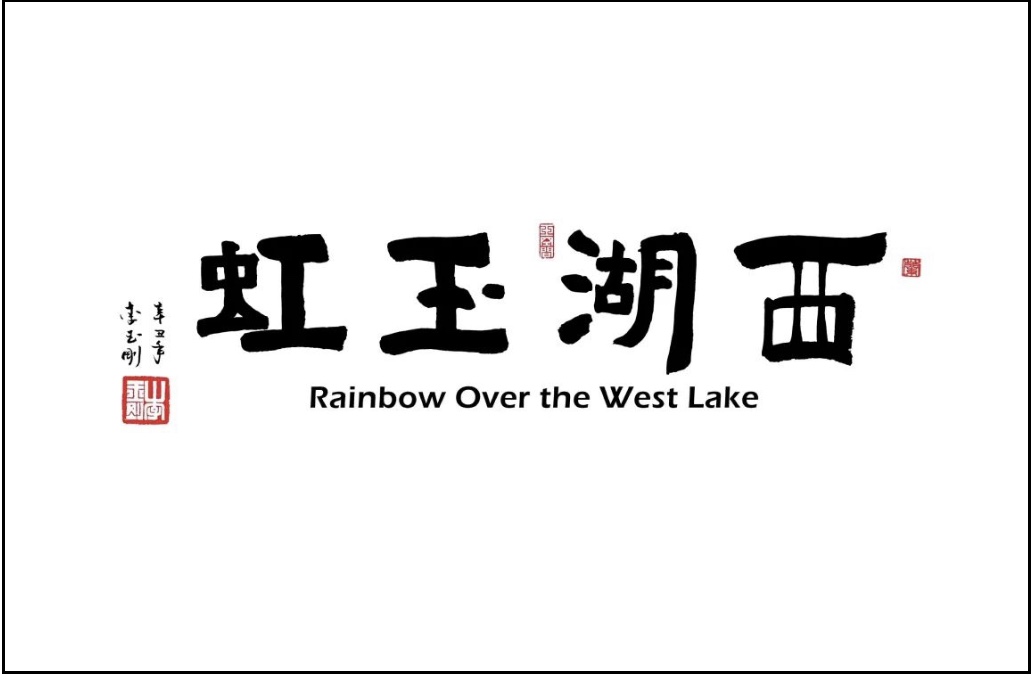
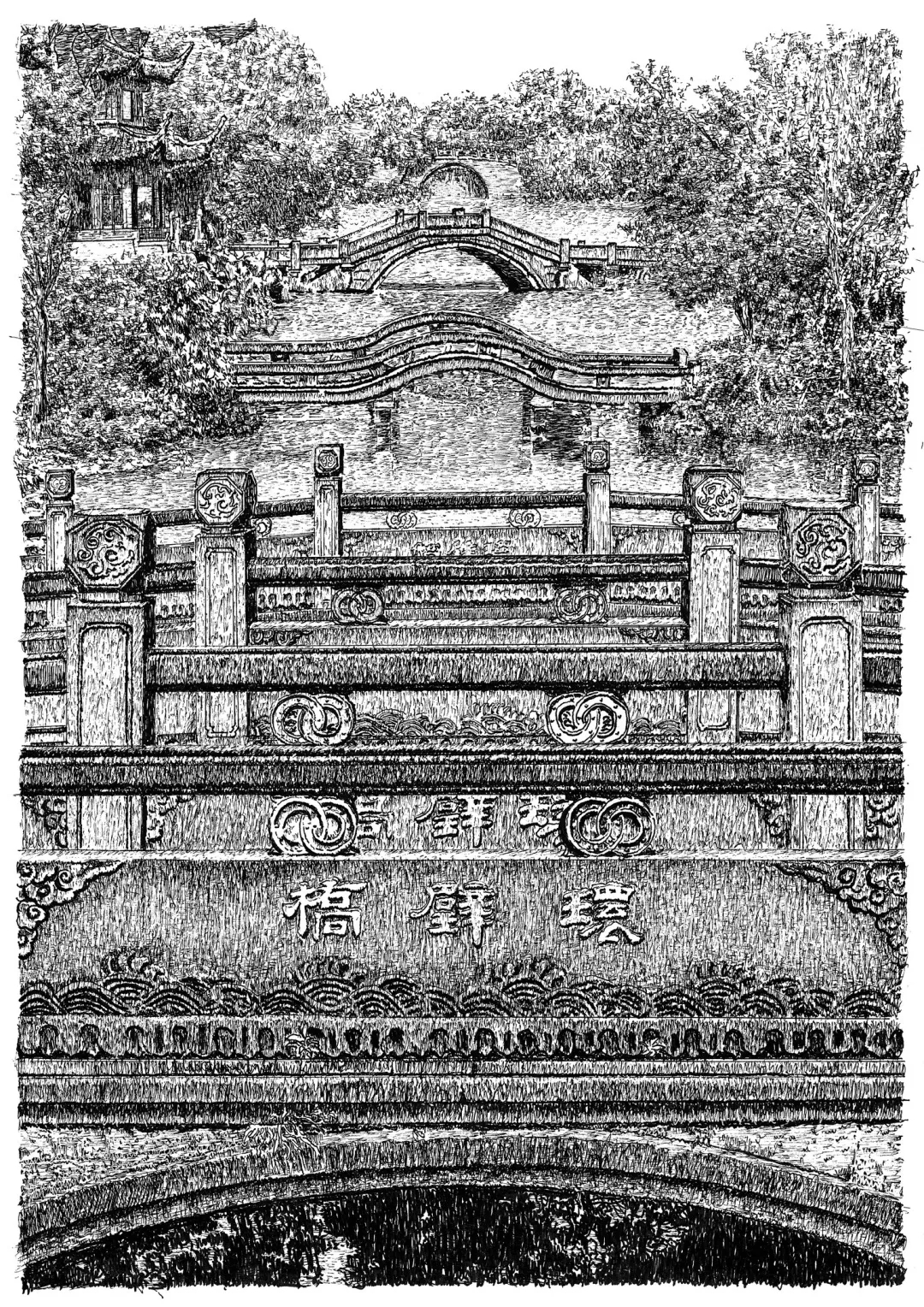
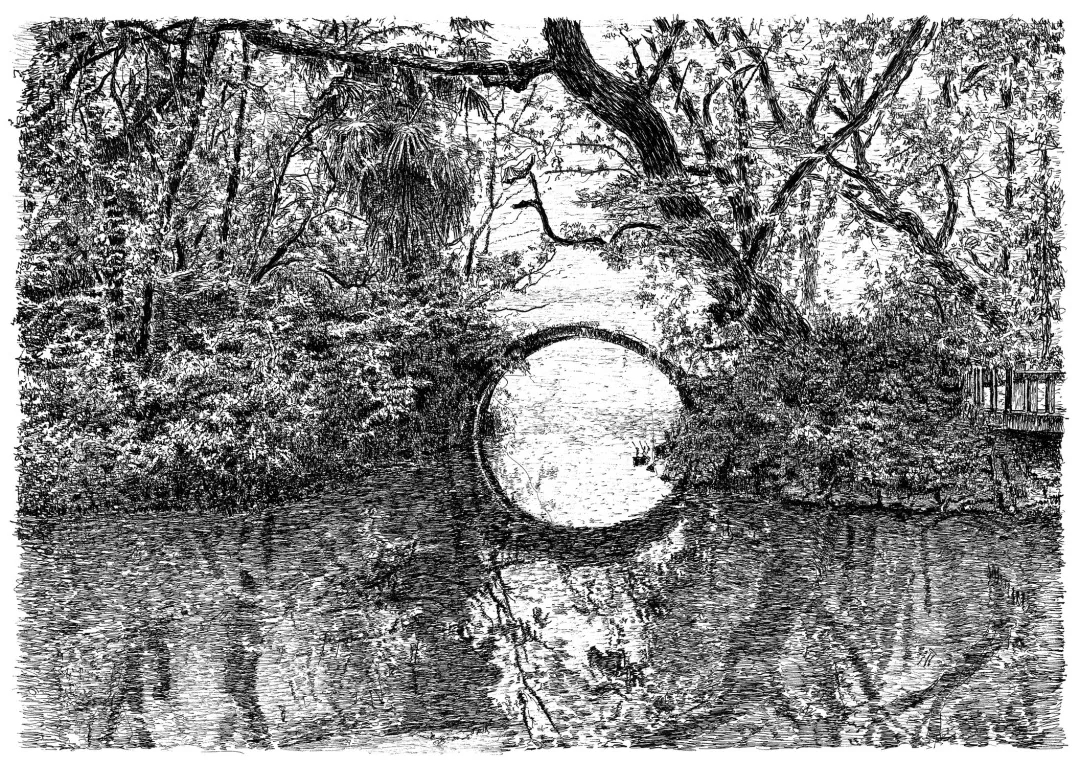
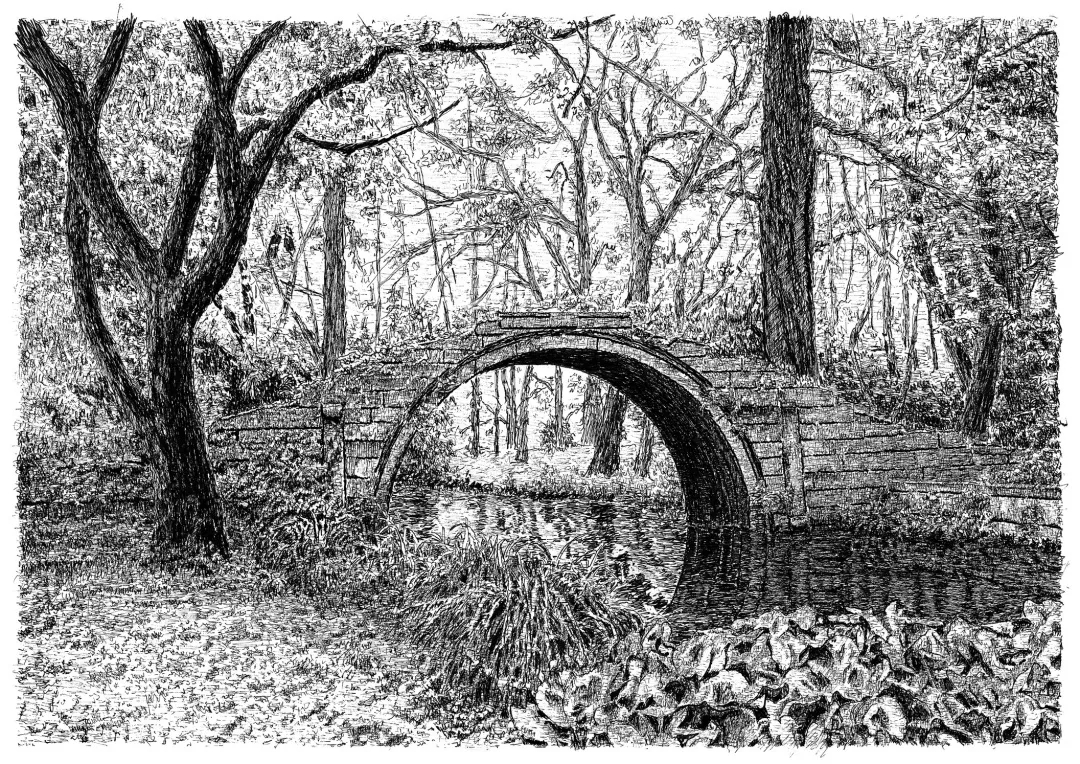
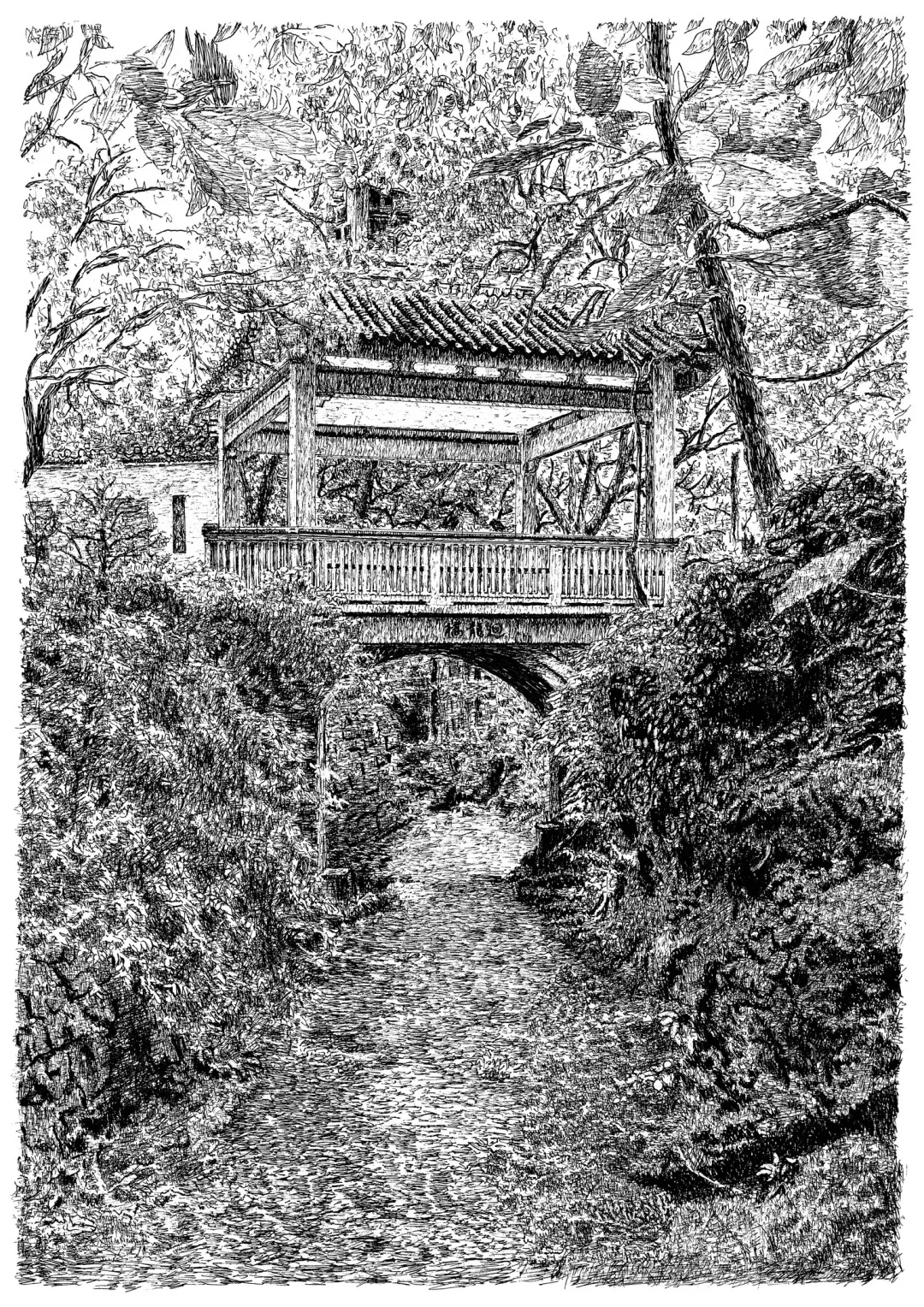
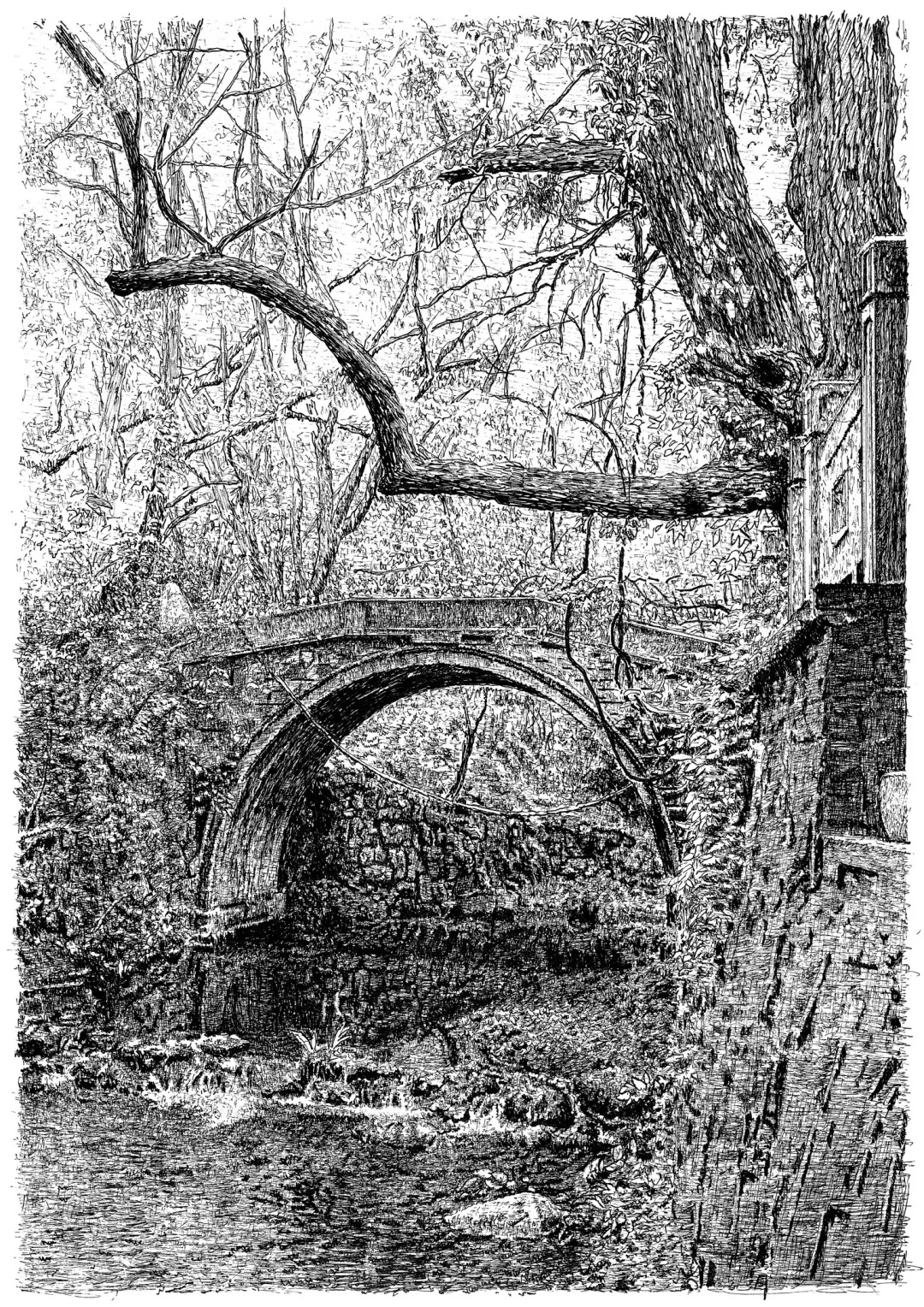
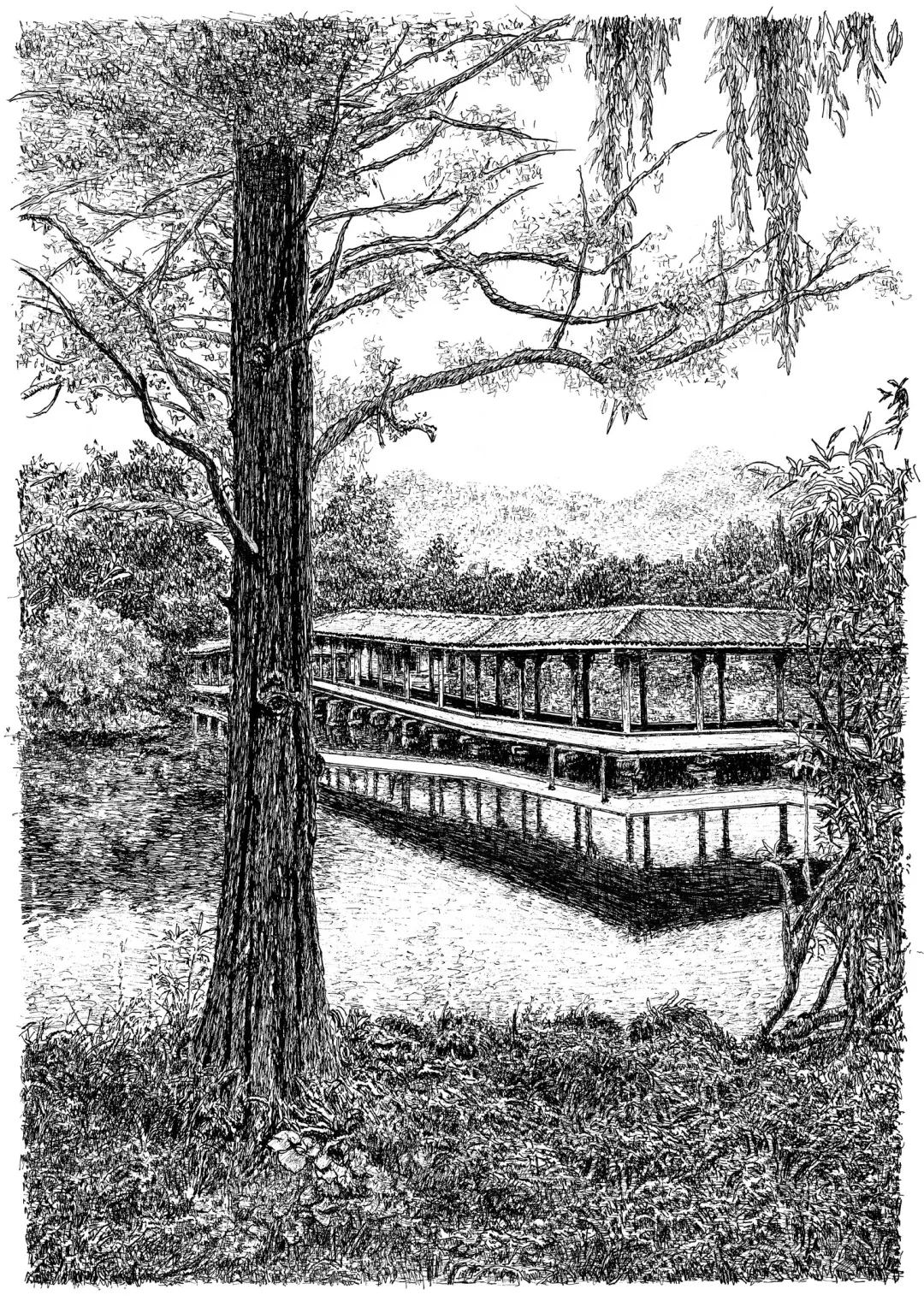
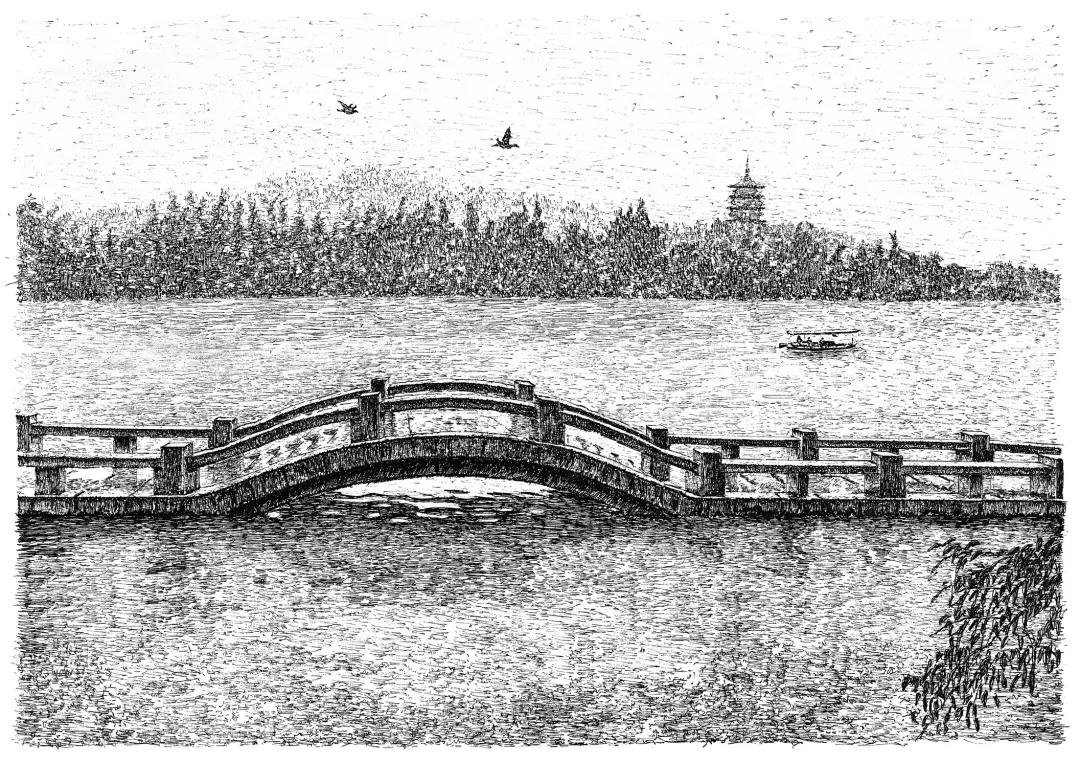
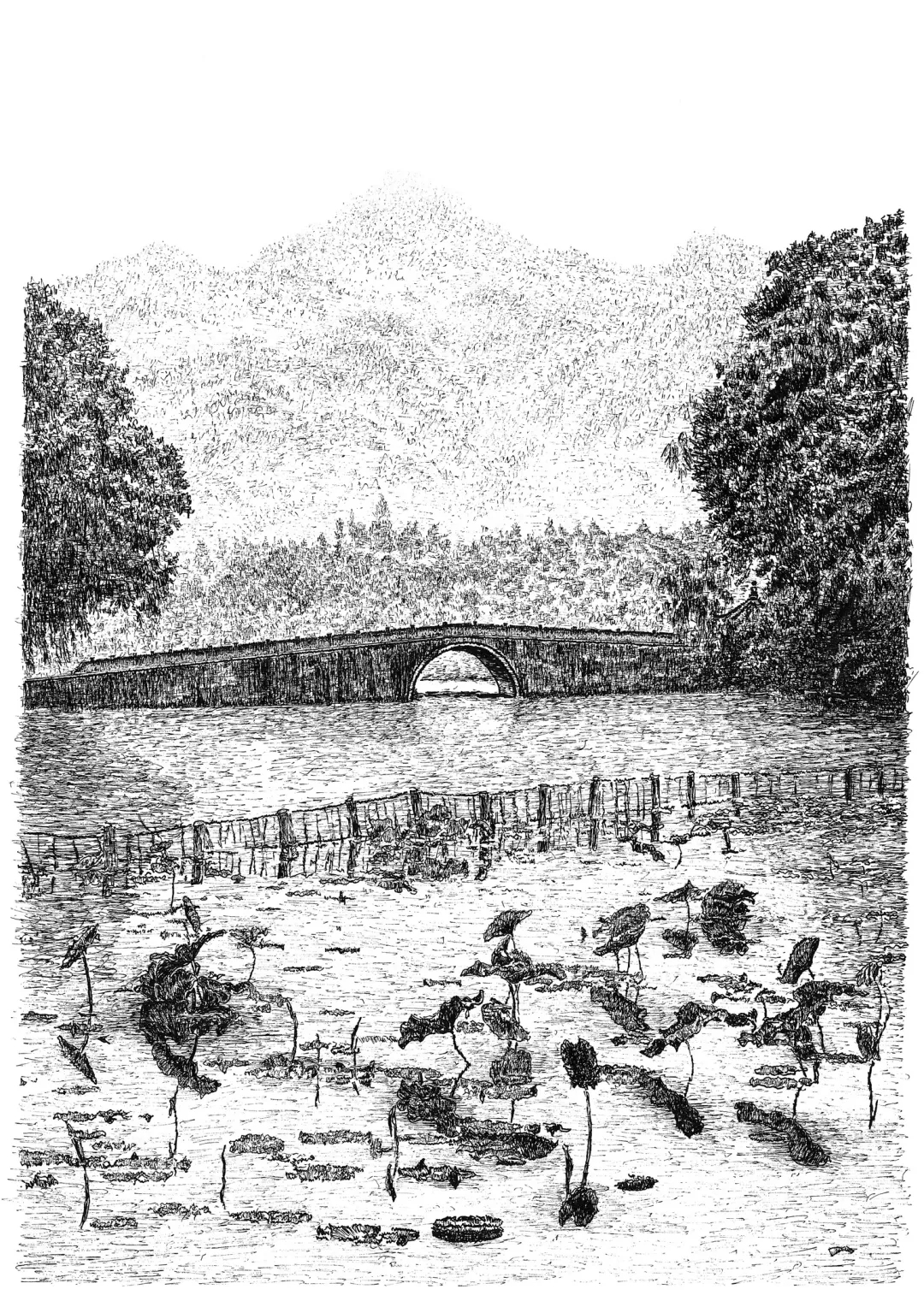
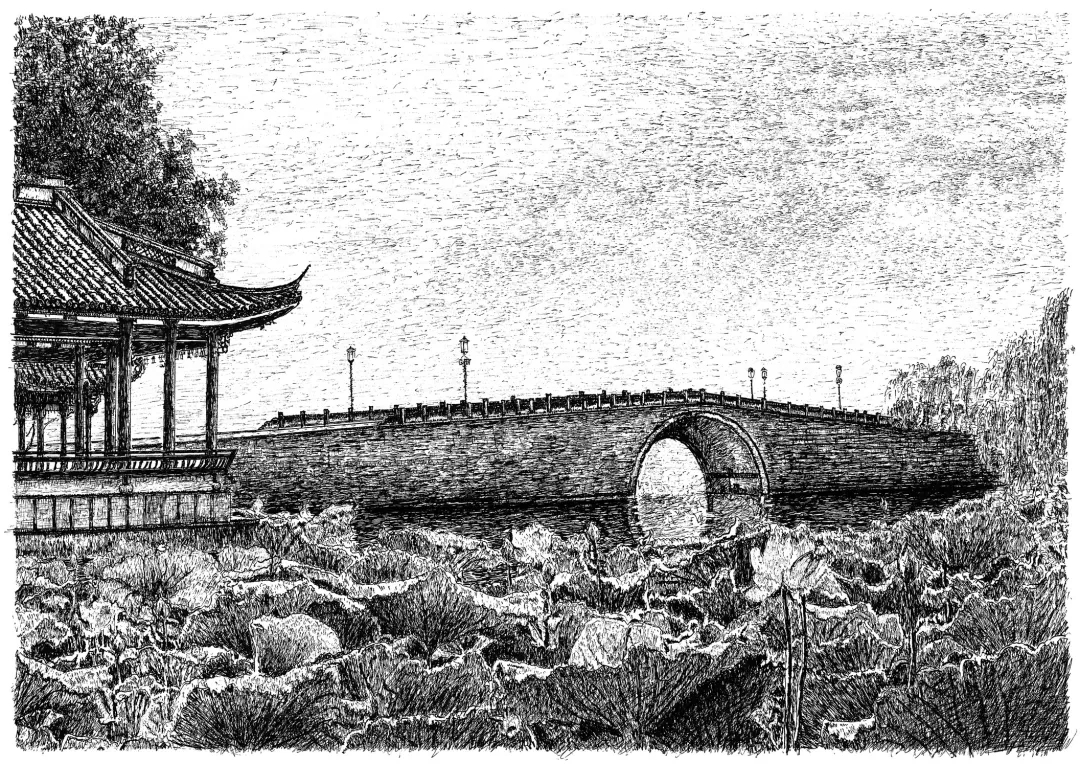
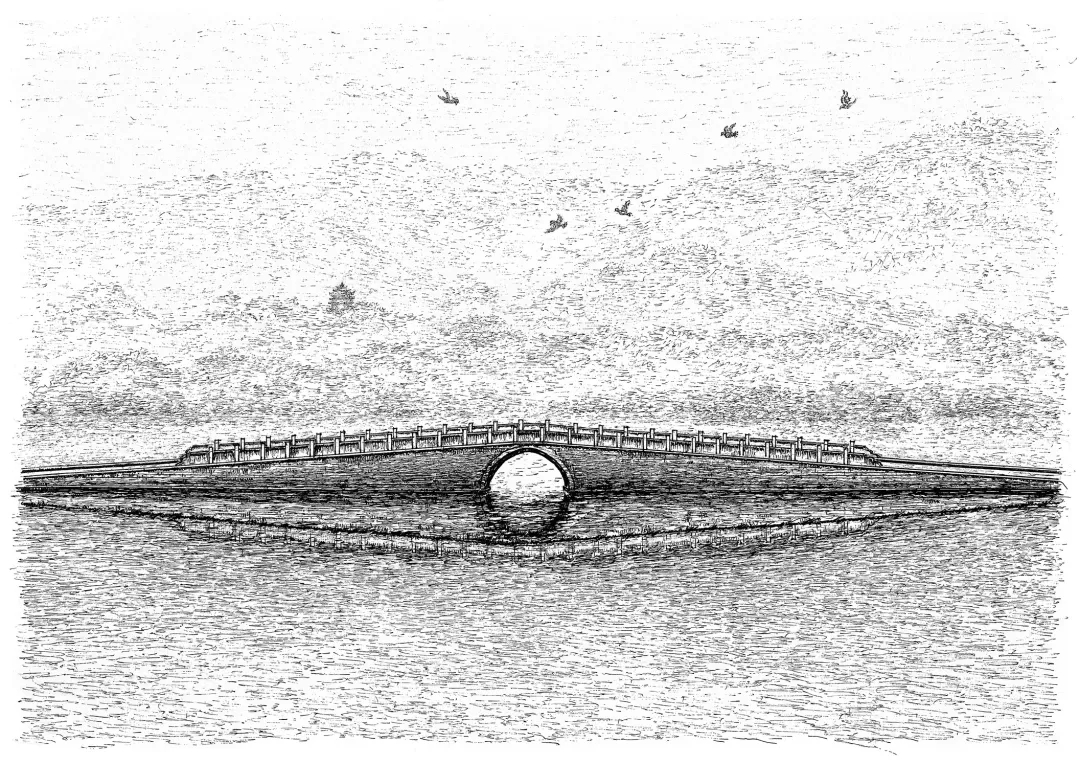
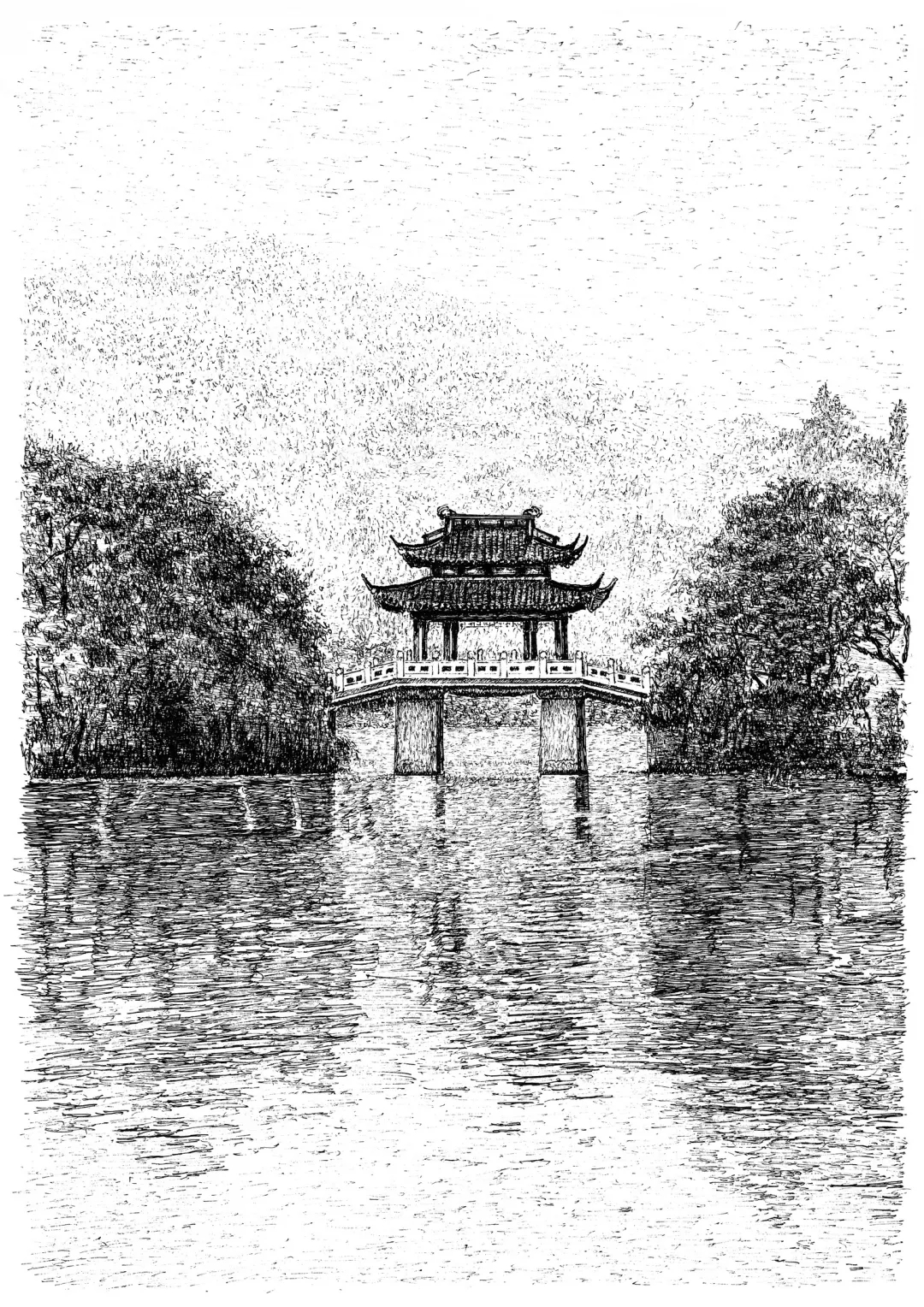

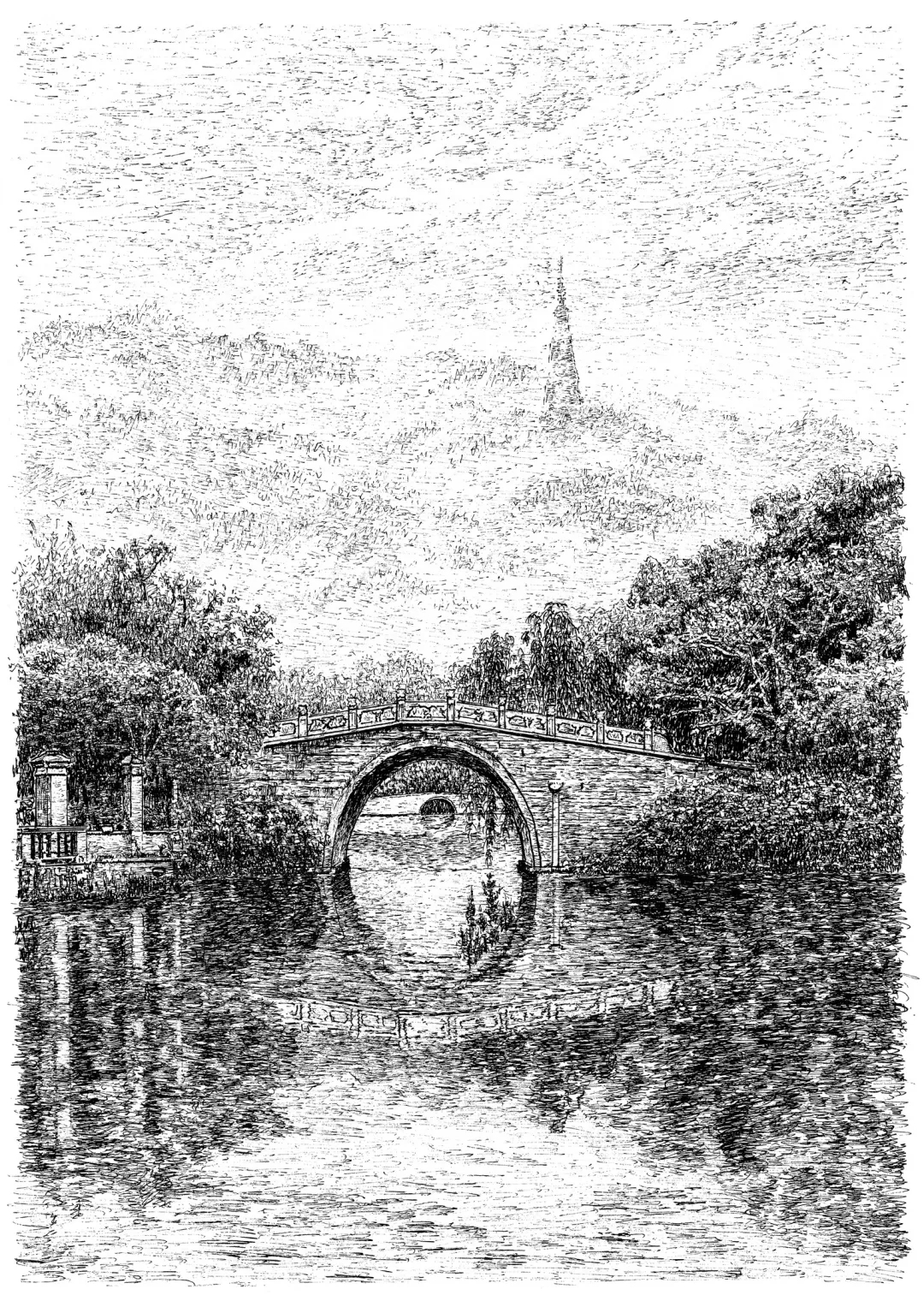
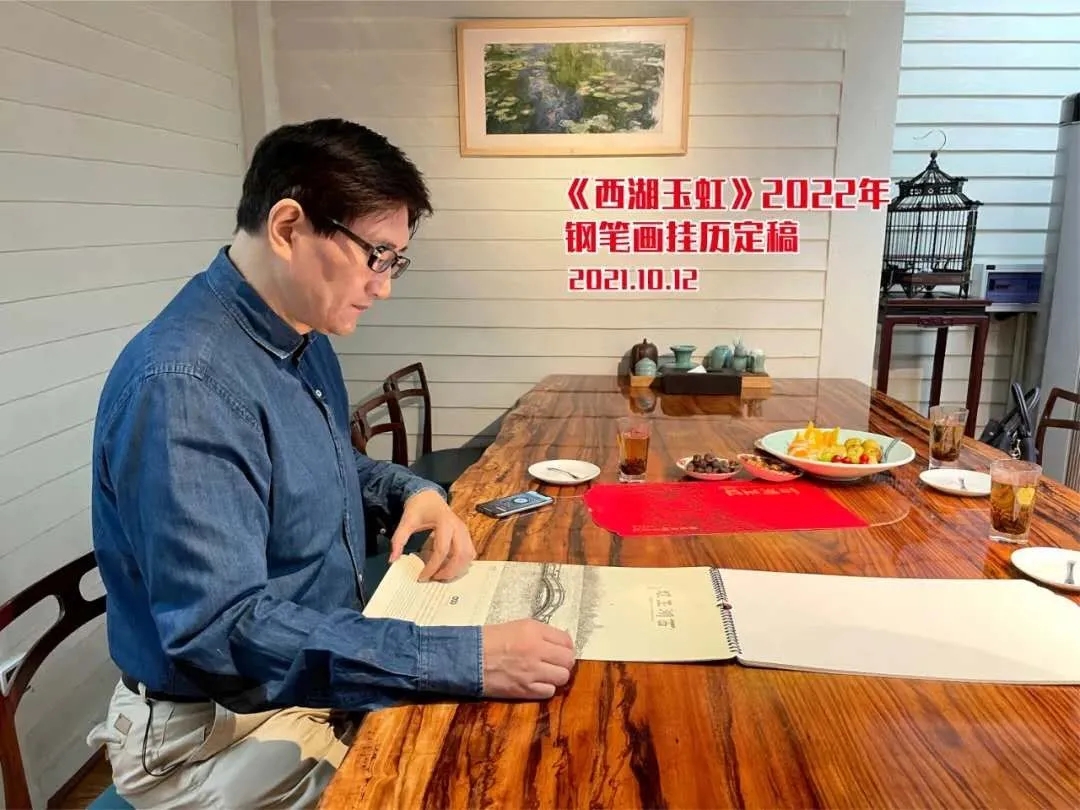

 京公网安备 11010102002228号
京公网安备 11010102002228号

